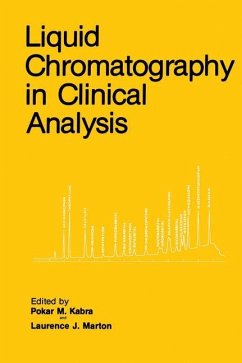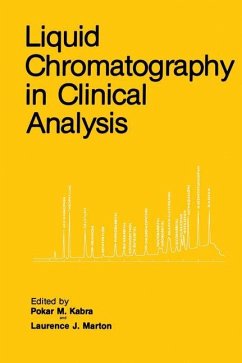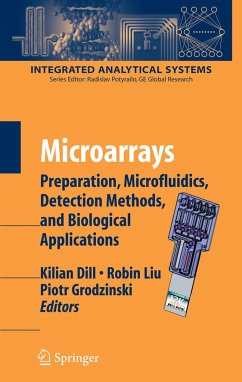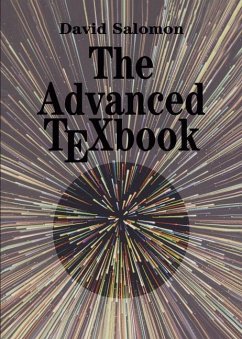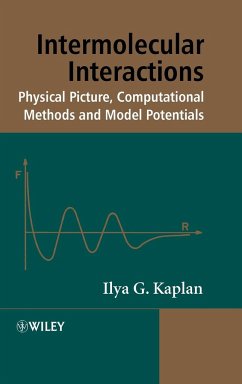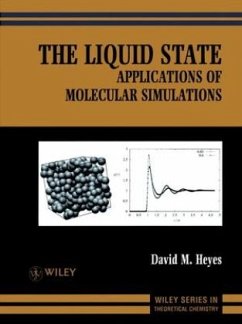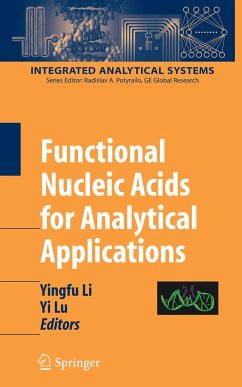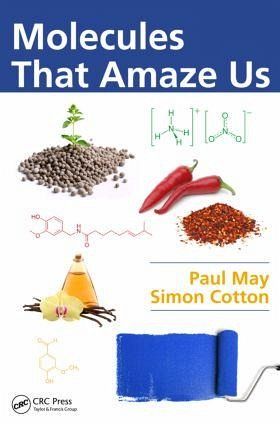
Molecules That Amaze Us

PAYBACK Punkte
42 °P sammeln!
"This new book is by two knowledgeable and expert popularizers of chemistry and deals exclusively with molecules and compounds rather than with the simpler atoms and elements. It is based on the very successful 'Molecule of the Month' website that was begun by Paul May fifteen years ago and to which his co-author Simon Cotton has been a frequent contributor. ... The authors ... strike an excellent balance between introducing the novice to the world of molecules while also keeping the expert chemist interested. ... I highly recommend this book to all readers. It will vastly expand your knowledg...
"This new book is by two knowledgeable and expert popularizers of chemistry and deals exclusively with molecules and compounds rather than with the simpler atoms and elements. It is based on the very successful 'Molecule of the Month' website that was begun by Paul May fifteen years ago and to which his co-author Simon Cotton has been a frequent contributor. ... The authors ... strike an excellent balance between introducing the novice to the world of molecules while also keeping the expert chemist interested. ... I highly recommend this book to all readers. It will vastly expand your knowledge and horizons of chemistry and the human ingenuity that surrounds it."-From the Foreword by Dr. Eric Scerri, UCLA, Los Angeles, website: www.ericscerri.com, Author of 'The Periodic Table, Its Story and Its Significance' and several other books on the elements and the periodic table. The world is composed of molecules. Some are synthetic while many others are products of nature. Molecules That Amaze Us presents the stories behind many of the most famous and infamous molecules that make up our modern world. Examples include the molecule responsible for the spicy heat in chilies (capsaicin), the world's first synthetic painkiller (aspirin), the pigment responsible for the color of autumn leaves (carotene), the explosive in dynamite (nitroglycerine), the antimalarial drug (quinine), the drug known as "speed" (methamphetamine), and many others. Other molecules discussed include caffeine, adrenaline, cholesterol, cocaine, digitalis, dopamine, glucose, insulin, methane, nicotine, oxytocin, penicillin, carbon dioxide, limonene, and testosterone. In all, the book includes 67 sections, each describing a different molecule, what it does, how it is made, and why it is so interesting. Written by experts in the field, the book is accessible and easy to read. It includes amusing anecdotes, historical curiosities, and entertaining facts about each molecule, thereby balancing educational content with entertainment. The book is heavily illustrated with relevant photographs, images, and cartoons-the aim being both to educate and entertain.




